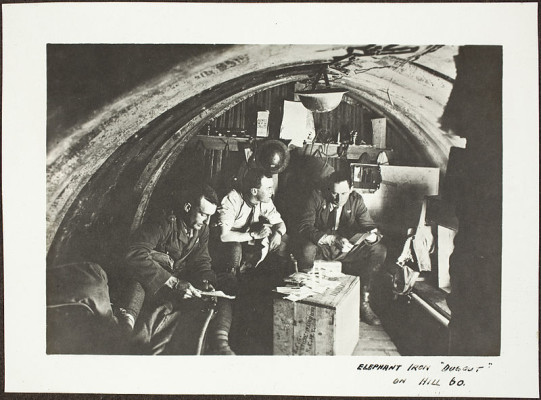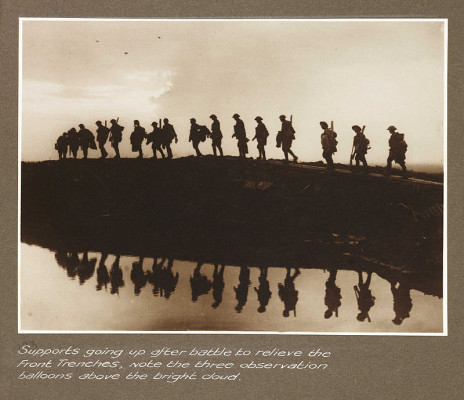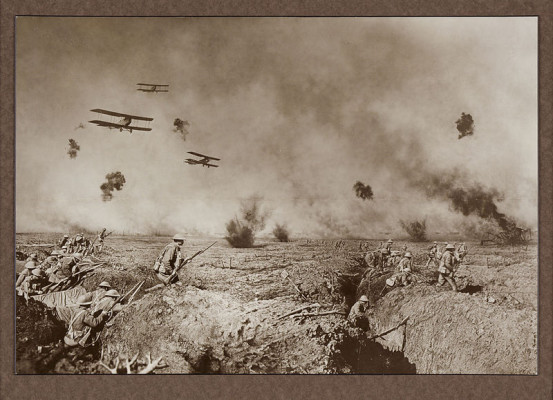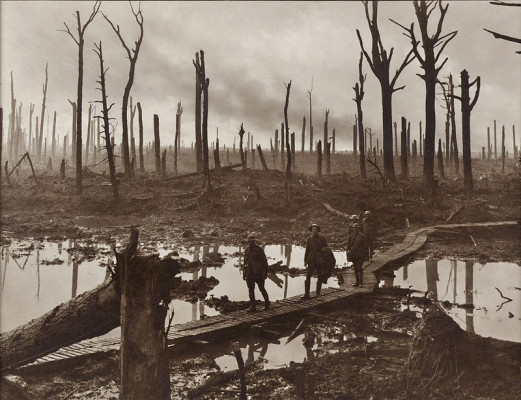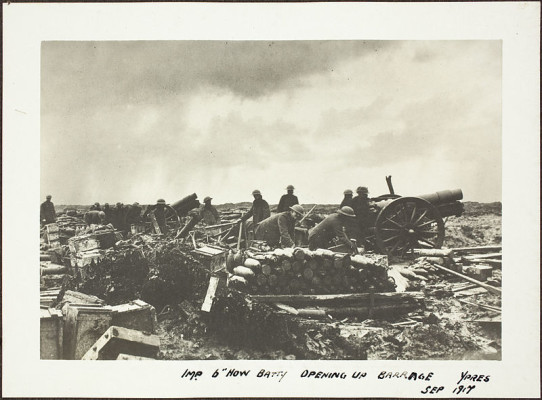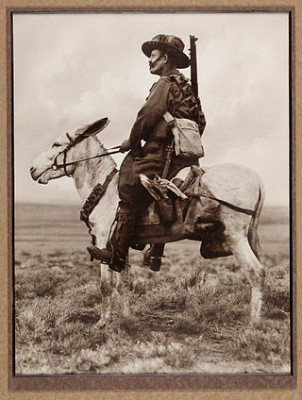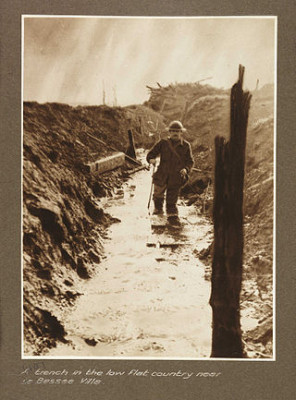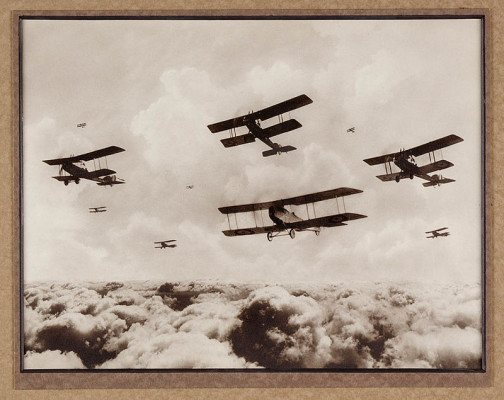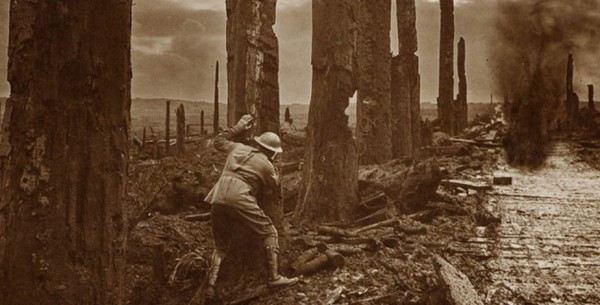When James Francis Hurley ran away from his home after punching his father at the age of 13, he had no idea what the new century was about to give him. Born in Glebe, Sydney in 1885 Hurley was interested in images and photography from a very early age. In 1905 when he was still in his late teens, Hurley joined Sydney Postcard Company, where he spent most of his time dreaming about his passion of photography and image manipulation.
Hurley did not like the photography norms of his time; he believed that an image has much more potential then just a depiction of a certain moment in time. He started experimenting with the negatives he could get his hands on, and developed a very sophisticated technique of creating a composite of more then one image. A proponent of color photography, Hurley absolutely loved to travel and explore the world and events around the world. Highly regarded by the historians, Hurley developed a peculiar reputation and was present to capture most of the twentieth century highlights in his unique way.
Just before the First World broke out, Hurley was on his Antarctic pilgrimage with Australia’s legendary traveller and explorer Shackleton. Narrowly escaping a shipwreck and almost freezing to death in Antarctic, Hurley returned home and without wasting a moment started covering the First World War. In 1917, he was awarded honorary rank of Captain when he got assigned as AIF’s official photographer.
Captain Franc Hurley slowly developed a peculiar fascination with the battlefield and went to every length imaginable to capture what he wanted to store on his film. He quickly earned a nickname for himself, troops frequently referred to him as the ‘mad photographer, due to his obsession to get the best shot and capture the critical moments on his camera. (Mail Online)
Due to his unique and unorthodox approach towards the art of photography, Hurley made more foes then friends. He was unpredictable to his contemporaries and a challenge for his superiors. Hurley would never compromise on the quality and nature of his images. The story he had in mind while taking the images, had to be told the way he imagined, or else he would fight for it.
The legendary war photographer created some of the most stunning war images of all time, setting the standards for the thousands of aspiring photographers who came after him. After producing a treasure of unforgettable war images and footages from both the First and Second World War, Hurley lived his remaining years taking even more images and inspiring the generations to come. Captain Hurley died in 1962 in Sydney, Australia.
In 1917, Hurley joined the Australian Imperial Force (AIF) as an honorary captain and captured many stunning battlefield scenes during the Third Battle of Ypres. In keeping with his adventurous spirit, he took considerable risks to photograph his subjects, also producing many rare panoramic and colour photographs of the conflict. Hurley kept a diary in 1917-1918 describing his time as a war photographer. In it he describes his commitment “to illustrate to the public the things our fellows do and how war is conducted” and his short-lived resignation in October 1917 when he was ordered not to produce composite images. His period with the AIF ended in March 1918.
For the 1918 London exhibition Australian War Pictures and Photographs he employed composites for photomurals to convey drama of the war on a scale otherwise not possible using the technology available. This brought Hurley into conflict with the AIF on the grounds that montage diminished documentary value. Charles Bean, official war historian, labelled Hurley’s composite images “fake”.
Hurley also served as a war photographer during World War II.
